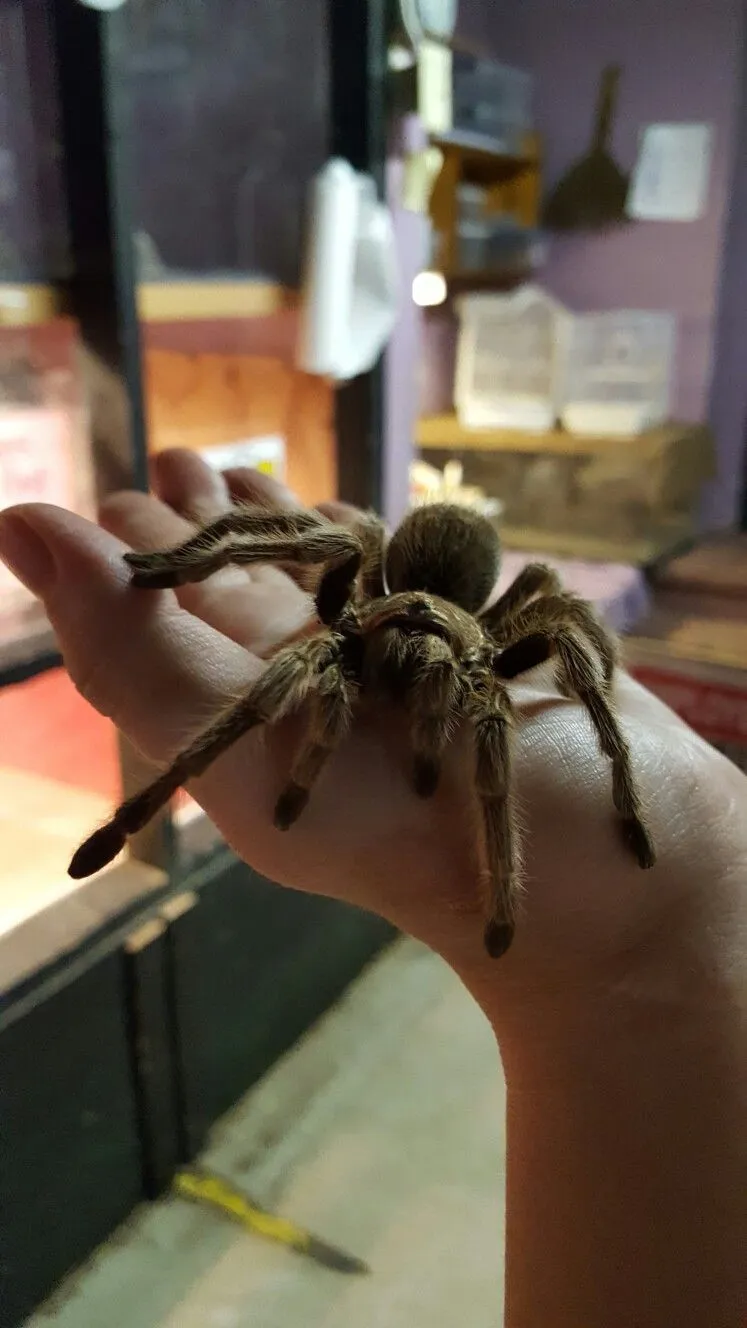Caring for a rose hair tarantula can be a rewarding experience, and understanding the process of skin shedding, also known as molting, is crucial to ensuring your pet’s health and well-being. Molting is a natural and essential process for tarantulas, allowing them to grow and replace their old exoskeletons. This guide will provide you with all the information you need to understand, prepare for, and manage the skin shedding process of your rose hair tarantula.
What is Skin Shedding (Molting) in Rose Hair Tarantulas
Molting is the process by which a tarantula sheds its old exoskeleton to make way for a new, larger one. This outer layer, or exoskeleton, does not grow, so as the tarantula grows, it must shed its skin. This process is essential for the tarantula’s growth and overall health. During molting, the tarantula essentially crawls out of its old skin, leaving behind a perfect replica of itself, including the lining of its book lungs and the external parts of its digestive system. This process can be stressful for the tarantula, and it’s important to provide a safe and supportive environment during this time.
Understanding the Molting Process
The molting process is a complex series of events. It begins with the formation of a new exoskeleton beneath the old one. The tarantula will then stop eating and become less active as it prepares for the molt. During the actual molting process, the tarantula will lie on its back (or sometimes on its side), and the old exoskeleton will split open. The tarantula will then slowly wriggle out of its old skin, a process that can take anywhere from a few minutes to several hours, depending on the size and age of the spider. Once the new exoskeleton has hardened, the tarantula will resume its normal activities.
Signs Your Tarantula is About to Molt
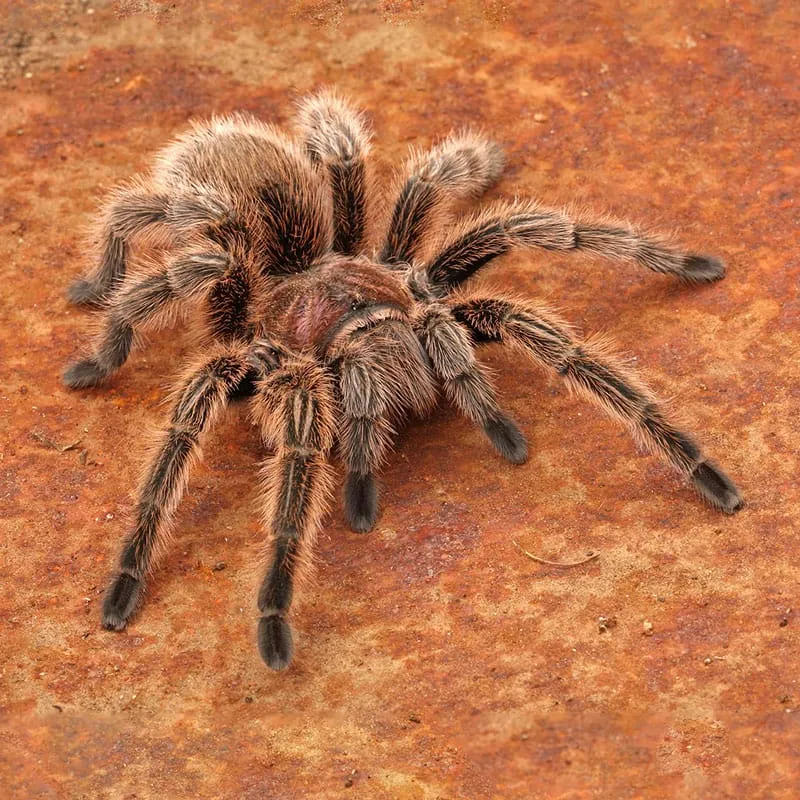
There are several signs that indicate your rose hair tarantula is about to molt. One of the most obvious is a change in color. The tarantula’s abdomen may appear darker or its colors may seem dull. The spider may also become less active, spending more time hiding in its burrow or hiding place. Another sign is a swollen abdomen, which indicates that the new exoskeleton is forming. You may also notice that the tarantula stops eating or refuses food. If you observe these signs, it’s a good indication that your tarantula is preparing to molt. Observe the spider for signs of molting such as a bald abdomen and a swollen appearance.
How to Prepare for Your Tarantula’s Molt
Preparing for your tarantula’s molt is crucial to ensure a smooth and safe process. The key is to provide a stress-free environment where your tarantula can feel secure. This includes maintaining proper temperature and humidity levels, providing a suitable substrate, and avoiding any disturbances. Do not make any changes to your terrarium setup right before the molt. Let the spider feel comfortable and safe and they are more likely to be successful molts.
Creating the Perfect Molting Environment
The environment should be as close as possible to the tarantula’s natural habitat. This ensures the tarantula feels safe and can molt without the stress of a poor living situation. Offer the spider a hide and substrate that will make the spider feel safe. This will help the spider feel safe during this vulnerable time. A good substrate, such as a mix of coconut fiber and peat moss, allows the tarantula to burrow and create a comfortable space.
Maintaining Optimal Temperature and Humidity
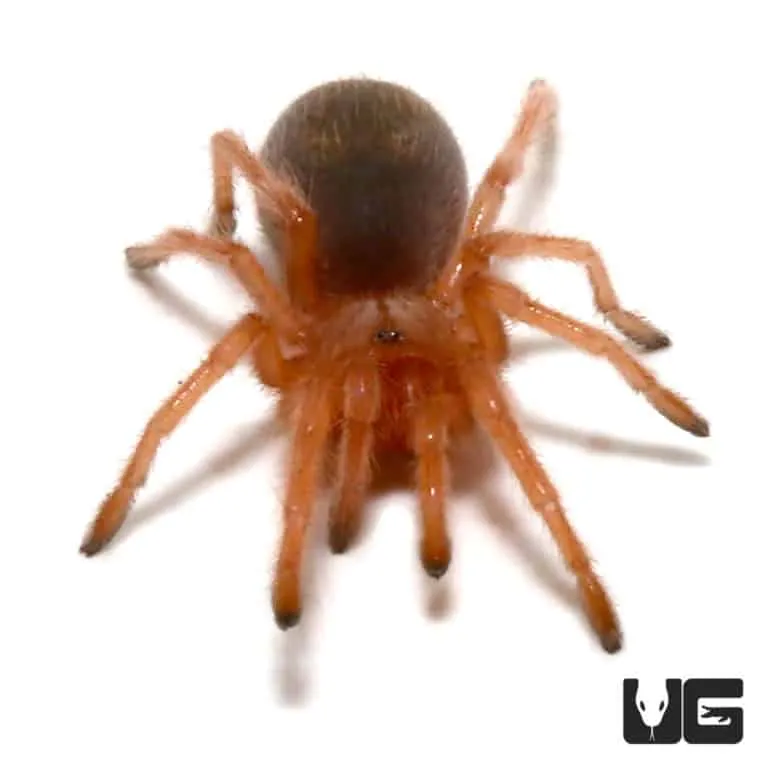
Temperature and humidity are critical for a successful molt. Rose hair tarantulas thrive in temperatures between 75-85°F (24-29°C) and humidity levels of 60-70%. Use a thermometer and hygrometer to monitor these conditions and adjust as needed. Proper humidity helps the tarantula shed its skin more easily, while maintaining the correct temperature ensures the tarantula’s metabolic processes function efficiently.
Providing a Safe and Secure Space
Ensure the enclosure is free from any potential hazards, such as sharp objects or anything that could injure the tarantula during the molt. Provide a hide or burrow where the tarantula can feel secure and protected. Minimize any disturbances, such as loud noises or vibrations, during this time. A calm and undisturbed environment will help your tarantula molt successfully.
What to Do During the Molting Process
During the actual molting process, it’s important to know what to do – and what not to do – to avoid causing any harm to your tarantula. The best approach is often to observe from a distance and avoid any unnecessary interference.
Do Not Disturb Your Tarantula
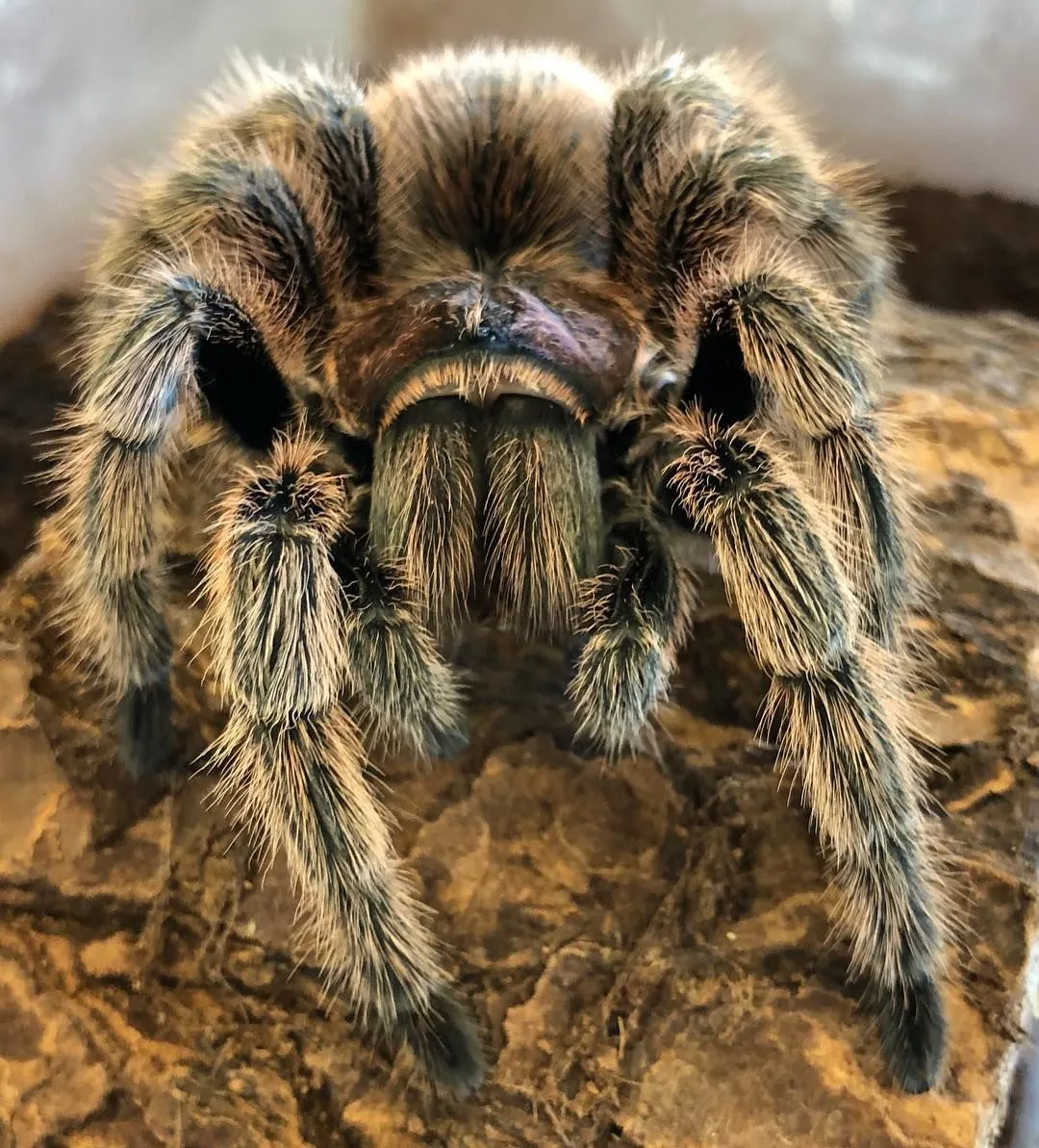
The most important thing to do during the molting process is to leave your tarantula alone. Avoid any handling or disturbances. Do not try to help the tarantula shed its skin, as this could cause serious injury or even death. Allow the process to happen naturally, and your tarantula is much more likely to emerge successfully. If you interfere, there is a high risk of damaging the spider during molting.
Avoid Feeding Your Tarantula
Do not offer any food during the molting process. The tarantula will not eat and may even be stressed by the presence of food. Wait until after the molt is complete and the new exoskeleton has hardened before offering any food. Trying to feed the spider at this stage can cause complications.
What to Do After Molting
Once the molting process is complete, there are a few things you should do to ensure your tarantula’s recovery. Patience is key, as the new exoskeleton needs time to harden before the tarantula can resume its normal activities. Also, the tarantula’s fangs are soft after a molt and can break easily.
Removing the Old Exoskeleton
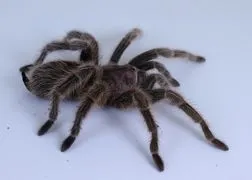
Once the tarantula has fully emerged from its old skin, you can remove the old exoskeleton. This will help keep the enclosure clean and prevent the buildup of mold. The exoskeleton can be removed with a pair of tongs. It is often a good idea to wait a day or two to make sure the spider has fully recovered. Dispose of the shed skin properly.
Offering Food After Molting
Wait several days after the molt before offering food. The tarantula’s fangs and exoskeleton will need time to harden. Start with a small amount of food, such as a single cricket or a small mealworm. Monitor your tarantula to ensure it is eating properly. If your tarantula does not eat after a week, consult with a veterinarian or experienced tarantula keeper.
Common Problems During Molting
While molting is a natural process, sometimes things can go wrong. It’s important to be aware of potential problems so that you can take action if necessary.
Stuck Molts
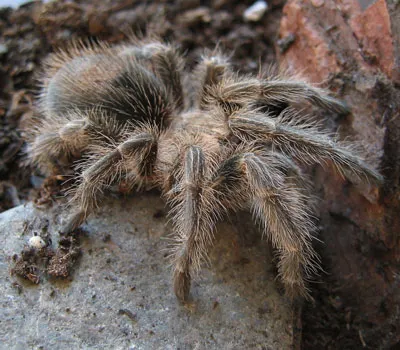
A stuck molt occurs when the tarantula is unable to fully shed its old skin. This can be caused by low humidity, poor health, or other factors. If you notice that your tarantula is struggling to molt or that part of the old exoskeleton remains attached, you should try to increase the humidity in the enclosure. If the problem persists, consult with a veterinarian or experienced tarantula keeper. Often a spider that is unable to molt completely will die. You can try to help them carefully by misting the spider.
Dehydration
Dehydration can also cause problems during molting. If your tarantula is dehydrated, it may not be able to shed its skin properly. Make sure to provide a shallow water dish filled with fresh water at all times. You can also mist the enclosure regularly to increase humidity, especially when the spider is in pre-molt. Make sure your enclosure has good airflow to prevent mold.
How to Prevent Molting Problems
Prevention is key when it comes to molting problems. By providing a proper environment and monitoring your tarantula’s health, you can greatly increase the chances of a successful molt. Always ensure that the temperature and humidity levels are correct. Feed your tarantula a healthy diet, and provide plenty of fresh water. Regular care and observation are key to preventing problems and ensuring your rose hair tarantula’s well-being. If you are new to tarantula ownership, research the topic. Having a healthy spider means understanding their needs.
In conclusion, understanding the process of skin shedding in rose hair tarantulas is vital for responsible pet ownership. By following these guidelines, you can create a safe and supportive environment for your tarantula, ensuring a successful molt and promoting their overall health and longevity. Remember, patience and observation are key. If you have any concerns, don’t hesitate to seek advice from a veterinarian or experienced tarantula keeper. With proper care, your rose hair tarantula will thrive.
